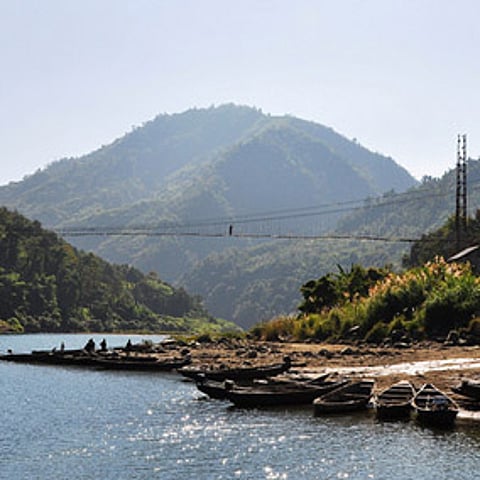BIMSTEC, Myanmar and India’s Northeast
The Bay of Bengal Initiative for Multi-Sectoral and Economic Cooperation (BIMSTEC) is a sub-regional economic grouping comprising seven geographically contiguous (both littoral and peripheral) South and Southeast Asian nations. Consisting of Sri Lanka, Bangladesh, India, Myanmar, Thailand, Nepal and Bhutan, the grouping held its first summit in 2004 in attempt to bridge the Association of South East Asian Nations (ASEAN) and the South Asian Association for Regional Cooperation. The Third BIMSTEC Summit of the Heads of States or Governments was held from 1 to 4 March in Myanmar's new capital, Naypyidaw, with leaders reaffirming their commitment to accelerating the pace of regional integration and bringing prosperity to the people in their respective nation states. India's then Prime Minister Manmohan Singh underscored the relevance of BIMSTEC, stating that "Ours is a natural grouping of countries. We are bound by geography and linked by history… Our culture, religions and architecture bear eloquent testimony to our ancient bonds."
The idea of BIMSTEC was first mooted by Thailand in 1997 as part of its 'Look West Policy', and was immediately appreciated by India, largely because of the vast commonalities with its own 'Look East Policy' (LEP) unveiled six years earlier. At the time, BIMSTEC provided New Delhi a regional platform able to address a range of security concerns, as well as the opportunity to counter the underdevelopment of border regions, particularly in the country's Northeast. The states of the region – Assam, Arunachal Pradesh, Meghalaya, Mizoram, Manipur, Nagaland, Tripura and Sikkim – share international boundaries with Myanmar, Bangladesh and Bhutan, which are all members of BIMSTEC. That BIMSTEC's potential remains only partially realised demands greater leadership on the part of India.

